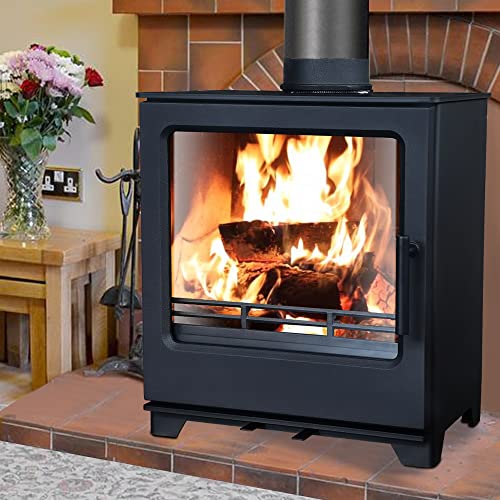What to Look For in a Wood Burner Clearance Sale
Efficiency
If you are looking for a clearance sale on wood burners, you should consider the effectiveness of the appliance. The efficiency of a wood burner is the amount of heat that is transferred into your home instead of going up the chimney. This relates directly to the amount you spend on firewood and how often you use your wood burner. EPA certified stoves must demonstrate efficiency in heating and combustion. Choose a wood burner that has an EPA listed overall efficiency of 70% or higher to make sure you're getting the best bang for your money. Higher efficiency means less waste and less money on fuel. They also mean less time chopping and stacking wood, as well as less trips to the pile during winter snowstorms. This means you can spend more time with your family around the warmth of a fire.
Safety

Most wood stoves sold today have been tested for safety. Stoves that aren't tested include those purchased used or antique stoves, as well as stoves constructed in informal welding workshops. Most insurance companies will refuse to issue policies covering homes with stoves that aren't certified.
A certified stove will have a label that indicates the minimum distance required between the stove and combustible surfaces such as furniture and walls. The manufacturer's instructions for installation will include this information. Additionally the results of the tests conducted by the manufacturer will determine if the stove is in compliance with the requirements for fire resistance.
Even with the proper clearances a wood-burning device can be dangerous. Do not leave children alone in a space with the presence of a wood stove. They can be extremely hot and could burn skin and clothing in seconds. Be sure to unplug your tool when it is not in use.
large wood burning stove isn't just about construction materials. It also includes cleaning products and rags stored near a stove. Keep blankets, curtains and other throws out of the open space of the stove.
With the use of shielding, you can reduce the clearances mentioned above. However, it is important to consult the manufacturer's recommended clearances and always err on the safer side. If you're unsure of the appropriateness of a particular shielding material, talk to your local building control officer or inspector to make sure it is in compliance with current regulations for fire safety. It's also an excellent idea to install carbon monoxide and smoke detectors around your stove.
